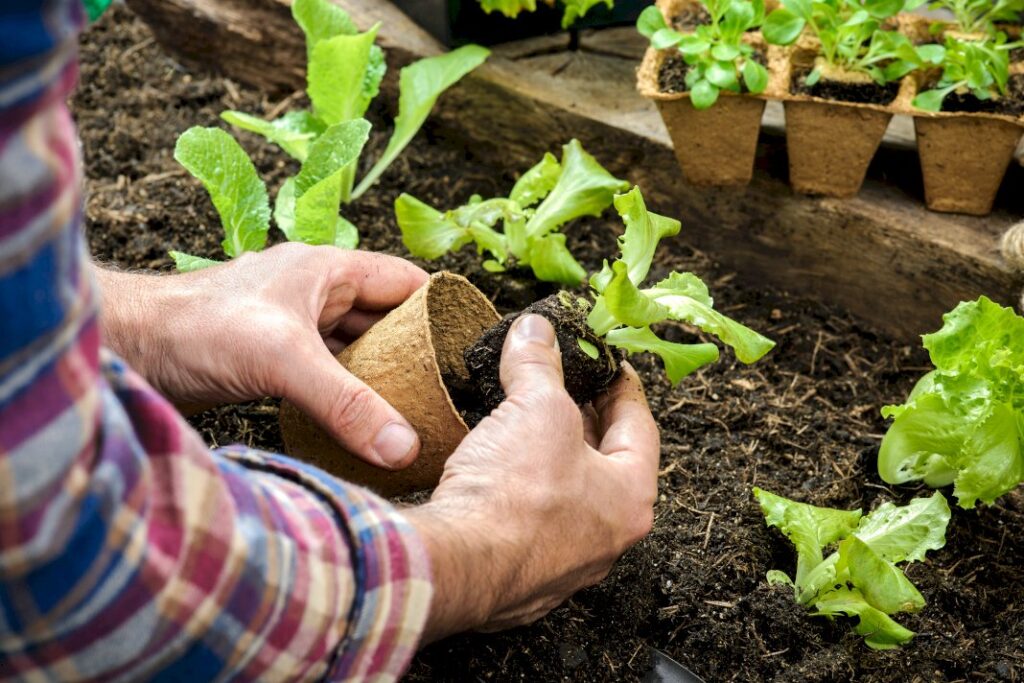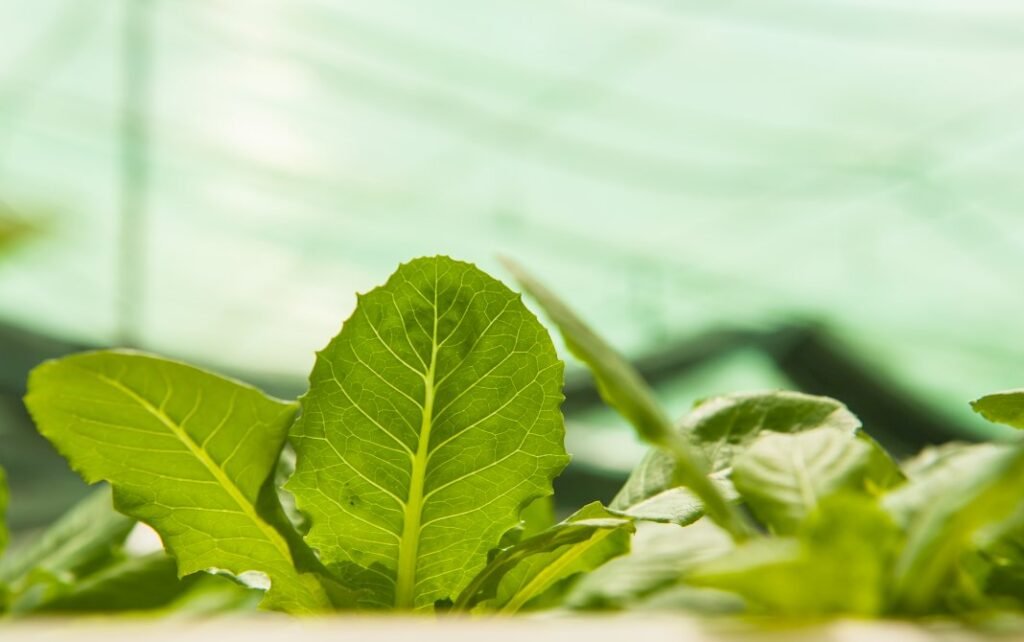- Embracing a garden-to-table lifestyle can significantly enhance health and well-being by providing fresh, organic vegetables from your backyard.
- When starting, plant a small set of easy-to-grow vegetables you love, and use companion planting to improve growth and deter pests.
- Regular garden maintenance, including watering, mulching, pest control, and harvesting at the right time, is critical for the yield and quality of your produce.
- The garden-to-table lifestyle provides fresh produce and nurtures a sustainable and healthier lifestyle.
Embracing a garden-to-table lifestyle can be a game-changer for your health and well-being. Imagine stepping into your backyard to pluck fresh, organic vegetables for your dinner, reaping the benefits of your gardening efforts.
Sounds enticing, right? This short guide will equip you with the best strategies to achieve a garden-to-table lifestyle, empowering you to enjoy fresh, nutritious meals while fostering a deeper connection with nature. So, let’s dive in and start your journey towards healthier living.
Choose the Right Location
Choosing the right location for your garden is the first crucial step in embarking on your garden-to-table journey. Search for a spot in your backyard that gets abundant sunlight, ideally 6-8 hours a day, as this is optimal for the flourishing growth of most vegetables. The area should also have good soil, which you can assess by its color, texture, and ability to drain water.
Don’t be disheartened if your space is limited or doesn’t meet these criteria. Consider using raised beds or containers that can be placed strategically for maximum sunlight exposure. Don’t forget accessibility; your garden should be easy to reach, making it convenient to tend to your plants daily. Remember, the key is to start small and gradually expand as you gain experience and confidence. This way, you can steadily grow fresh produce right at your doorstep.
Invest in High-Quality Raised Garden Beds
Investing in high-quality raised garden beds can significantly enhance your gardening experience. These beds offer numerous benefits, especially for beginners, as they provide a controlled environment for your plants. Elevating the soil level improves drainage and makes it easier for plants to establish a healthy root system.
Moreover, they help prevent soil compaction and erosion, ensuring optimal soil health and productivity. Raised beds also offer a barrier against pests, reducing the need for chemical pesticides. They are also easier to maintain – less bending or stooping means a more comfortable gardening experience.
Many options are available on the market, including wooden, metal, and plastic. When choosing a raised bed, consider the size that best fits your space, the material’s durability, and the ease of installation. Remember, a well-chosen raised bed can be a valuable tool in your journey toward a successful garden-to-table lifestyle.
Start Small
Beginning with a small set of easy-to-grow vegetables can be a wise approach to your garden-to-table lifestyle. Here are some tips:
Plant What You Love

Ensure you’re planting vegetables that you and your family love to eat. This will keep your interest in gardening and make the rewards more gratifying. You might be fond of tomatoes, lettuce, radishes, or peas – these are excellent for beginners, as they grow fairly easily and quickly.
Remember, the key is to enjoy the process, so choose plants that make you excited about stepping into your garden each day. Over time, you can experiment with more varieties and even venture into fruits or herbs. Ultimately, the goal should be to create a garden that reflects your preferences and lifestyle, contributing to sustainable living and healthier eating habits.
Practice Companion Planting
Companion planting is a time-tested gardening technique that involves placing different plant species nearby so they can mutually benefit from each other. Certain combinations of plants can deter pests, enhance growth, and even improve the flavor of your vegetables.
For instance, planting marigolds alongside your tomatoes can keep harmful nematodes at bay, while beans planted with corn can help each other grow, as beans add nitrogen to the soil and corn provides a natural trellis for the beans to climb. Research and experiment with companion planting to discover what works best in your garden. This approach will not only lead to healthier plants but also to a more diverse, beautiful garden.
Maintain Your Garden
Regular maintenance is key to a thriving garden. Water your plants adequately; most vegetables require about an inch per week. The best time to water is early morning or late evening when less evaporation occurs. Mulching can help retain soil moisture and suppress weeds.
Nutrient-rich compost or organic fertilizers can boost your soil’s health and, in turn, your plants’ growth. Periodically check for pests and diseases; early detection and intervention can save your plants. Pruning or thinning can improve air circulation and prevent disease spread.
Keep your garden clean; remove fallen leaves, fruits, or other debris that may attract pests. Remember, a well-maintained garden is the secret to a successful garden-to-table lifestyle. It keeps your plants healthy, maximizes yield, and makes your gardening experience more enjoyable.
Harvest at the Right Time

Harvesting immediately ensures your produce’s best flavor and nutritional value. Most vegetables are tastiest when picked young. Tomatoes, for example, are best harvested when fully colored yet firm to touch. Root vegetables like carrots and radishes can be harvested when small and tender.
Lettuce and other leafy greens can be picked as soon as they are large enough to eat. Cucumbers should be picked before they turn yellow. Each vegetable has its own ideal harvest time, so it’s a good idea to do some research and perhaps keep a gardening journal to track your plants’ progress.
Also, remember that regular harvesting encourages more production, so don’t hesitate to pick and enjoy your home-grown produce. After all, the joy of enjoying a fresh meal from your garden is the ultimate reward of a garden-to-table lifestyle.
Embrace the garden-to-table lifestyle today. Start small, invest in quality, and grow what you love. Remember, it’s not just about fresh produce; it’s about nurturing a healthier and sustainable lifestyle. So, step into your garden, get your hands dirty, and experience the joy of bringing your harvest to your table.